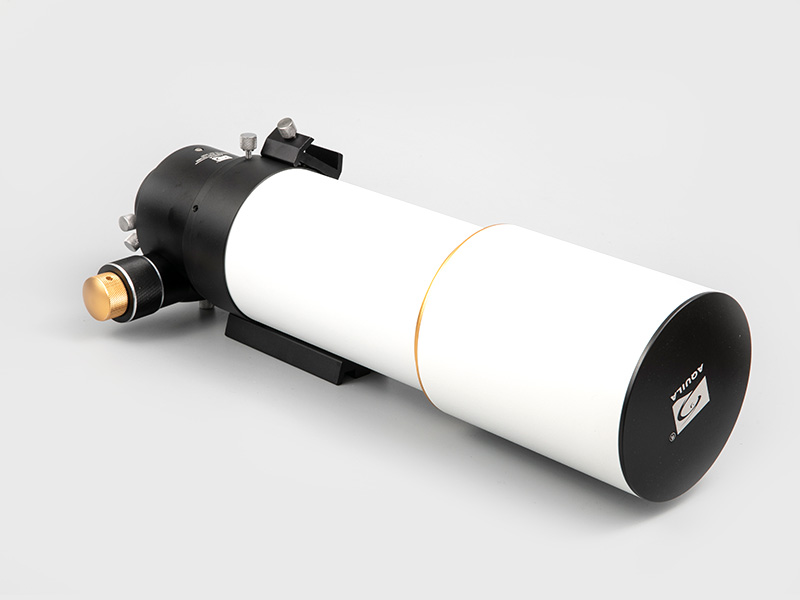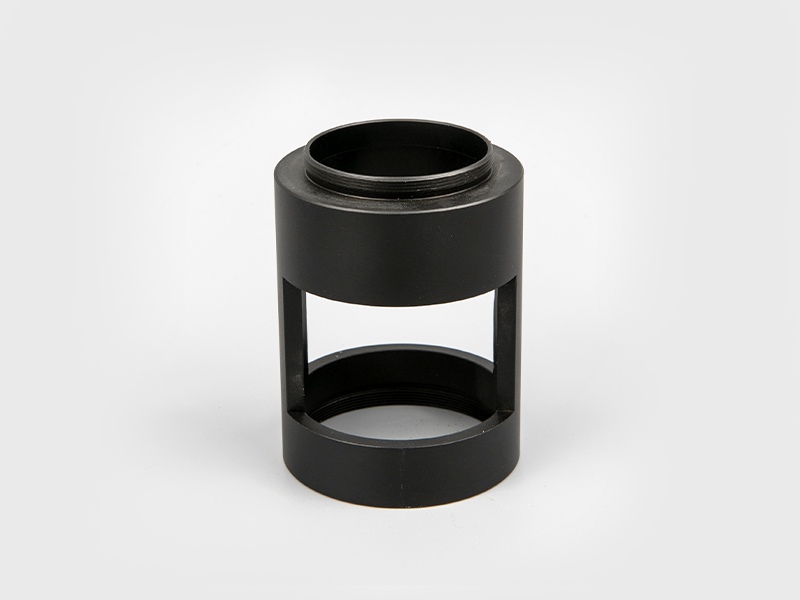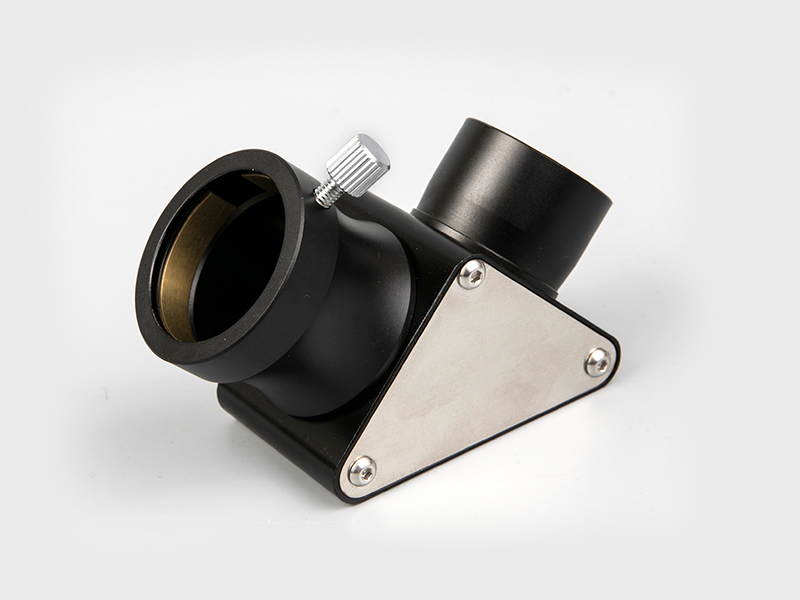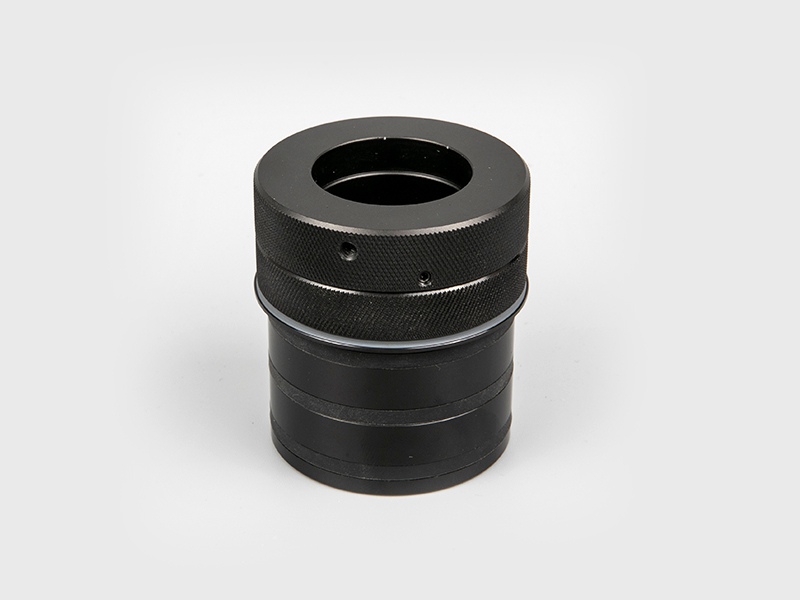The telescope consists of an objective lens and an eyepiece. The convex or concave lens close to the scene is called the objective lens, and the one close to the eye is called the eyepiece. The light source of the distant scene is regarded as parallel light; then how does the telescope image it? Next, the optical lens manufacturer will give you a brief introduction to the imaging principle of the telescope!
According to the optical embedding, the parallel light will be focused on a point after passing through the lens or spherical concave mirror, which is the focal point. The distance between the focal point and the objective lens is the focal length. Use a convex lens or eyepiece with a shorter focal length than the objective lens to magnify the image. At this time, the observer feels that the distant scene is zoomed in and can see clearly.
How can telescopes bring distant scenery to our eyes? This depends on the two lenses that make up the telescope. There is a convex lens with a large diameter and a long focal length in front of the telescope, which is called an objective lens; a rear lens with a small diameter and a short focal length is called an eyepiece.
The objective lens converges the light from the distant scene in the back into an upside down and reduced real image, which is equivalent to moving the distant scene to the imaging place at once. The inverted image of the scene just falls on the front focus of the eyepiece, so looking at the eyepiece is like looking at something with a magnifying glass, and you can see a virtual image that is magnified many times. In this way, the distant scenery seems to be right in front of the telescope.
Refracting binoculars, commonly known as prism binoculars, are often used in military and field investigations due to their short lens, large field of view, and ease of carrying; reflecting telescopes are composed of concave mirrors, crop mirrors and convex lenses as eyepieces for observing celestial bodies in the observatory .
Telescopes, like other optical instruments, have been developed for a long time, and telescopes of various structures have appeared one after another. According to the optical principle, it can be divided into refraction type and reflection type. Now the price of telescopes is relatively trending towards the public. Many entry-level telescopes are not expensive. If you are interested in astronomy, please leave a message to consult us!
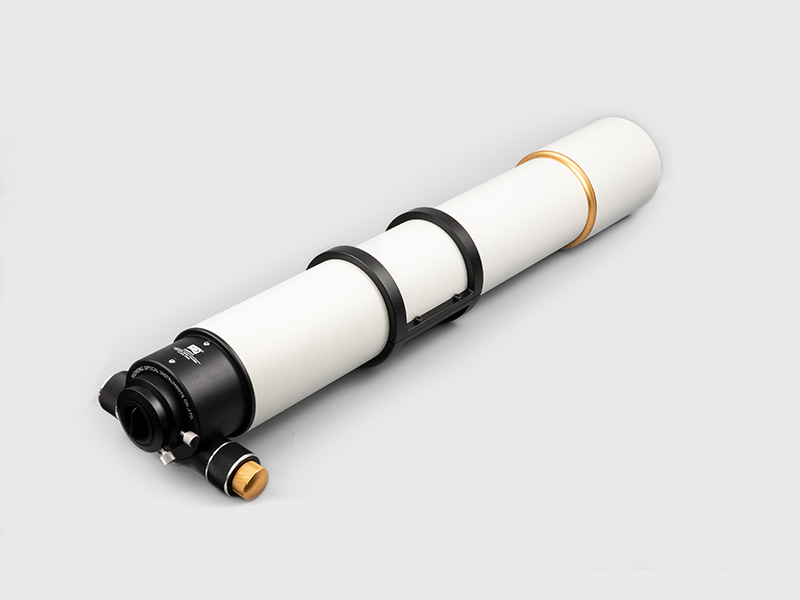

 English
English 日本語
日本語 Deutsche
Deutsche España
España

